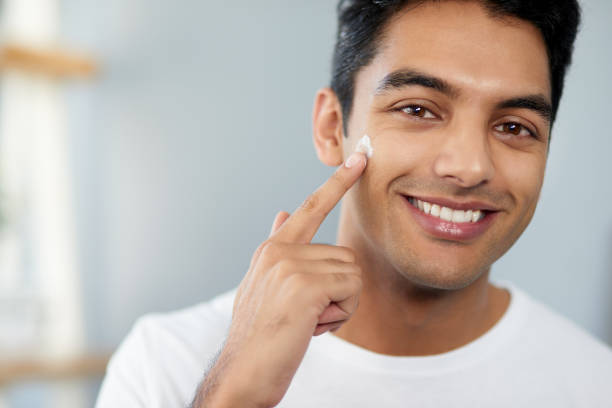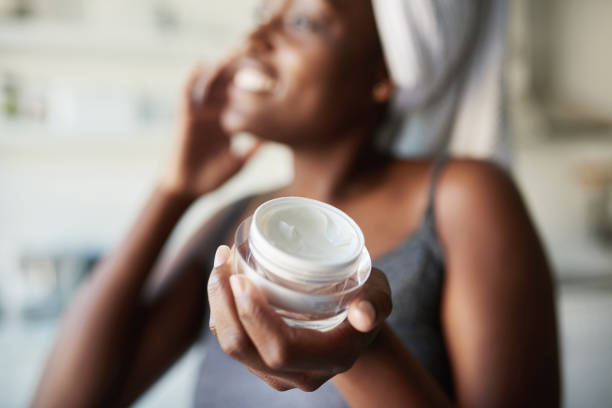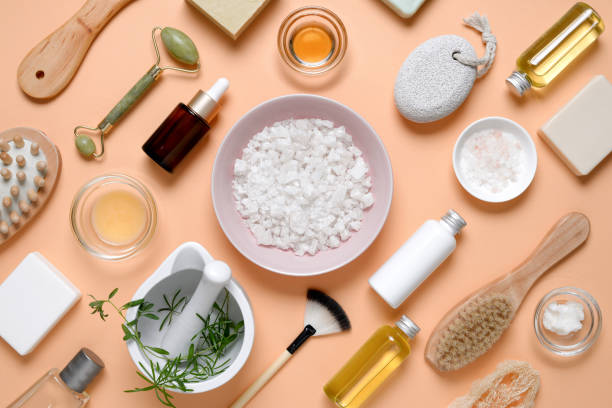Bovine collagen injections, Zyderm, and Zyplast, were the only augmenting materials available in the United States for treating wrinkles and furrows for two decades, and I was one of the first cosmetic dermatologists to use them when they were first introduced in 1983. From the outset, injectable collagen treatments were fraught with drawbacks.
For one thing, while adequate for treating fine wrinkles, they were often inadequate for dealing with deeper wrinkles and furrows, and they were certainly of little value for facial volumizing and contouring. Moreover, nearly 3 percent of people were allergic to the products, and two pre-treatment skin tests spaced a month apart were required before actual treatment could begin. Finally, the benefits lasted between three and six months only before retreatment was necessary. For severe wrinkles, jowls, and sagging, going under the cosmetic surgeon’s knife, with all its risks and downsides, remained the only recourse.
Happily, the past five years has witnessed a literal explosion in the number of FDA-approved, injectable filling and volumizing agents in the United States – fillers for fine and moderate wrinkles, and volumizers for correcting sunken areas, recontouring surface irregularities and restoring fullness to the skin. Along with Botox Cosmetic (not technically a filling agent, but certainly a premier injectable for improving all kinds of expression line, movement-related wrinkling), which received its FDA-approval in 2002, many non-collagen fillers and volumizers were introduced. These included hyaluronic acid products, such as Hylaform, Captique, Elevess, Restylane, and Juvederm, and volumizers, such as Radiesse and Sculptra. Unlike collagen, these substances, largely synthetically produced (with the exception of Hylaform that is derived from the cockscomb of roosters), did not require any prior allergy testing. This meant a person could literally walk in off the street and be treated the same day. What’s more, their results lasted far longer, especially for the volumizers, whose benefits may persist between 12 to 24 months or even longer. For that reason, they are labeled as semi-permanent, rather than temporary filling materials.
Between 2000 and 2005, the use of soft tissue filling agents and volumizers for non-surgical rejuvenation procedures increased by an astonishing 34 percent, and not surprisingly, the number of surgical facelifting procedures decreased by a whopping 20 percent during roughly the same time period. The “liquid facelift” had come of age.
I want to make it perfectly clear that I am not asserting that there is no place anymore for aggressive, surgical facelifting, technically known as “rhytidectomy” or “rhytidoplasty.” For extreme cases of large jowls, excessively sagging and redundant skin, and deep furrows, the facelift remains an appropriate therapeutic option. I am saying, however, that we now have the tools to parallel many of the benefits of facelifting without ever touching a scalpel to the face. Moreover, we can even improve appearance in many ways that traditional surgery could not.
We have recently discovered that shrinkage of underlying dermal tissue, shifts in fat deposits, and alterations in bone and cartilage as we age are responsible for many of the changes we see in facial aging. In short, the robust, heart-shaped fat pads that sat directly over our cheekbones and gave our face fullness when we were younger not only shrink with time, but sink downward and inward toward the nose, leaving the tell-tale signs of their descent in their wake. When this happens, we find hollow-looking, darkened and crinkly or bulging lower lids, and pronounced smile lines on the sides of our noses. The weight of this fall also accentuates the unsightly jowls along the jaw line.
A traditional surgical facelift, by simply pulling taut the skin, may soften the lines around the nose and mouth and lift the jowls, but it does nothing to address the underlying volume loss and displacement. In fact, we very often saw people appearing “skeletonized” by the operation. They were left with unnaturally tight-looking skin that was a sure sign of “Oh, she’s had a facelift.”
Of course, it goes without saying that true, surgical facelifts are real surgery entailing the risks of general or intravenous anesthesia, significant post-operative pain, bruising and swelling, prolonged recuperation times (two weeks out of work and several months before all swelling finally goes away), scarring, and a considerable financial outlay. Contrary to popular belief, the benefits of facelift surgery are not permanent. The surgery may be repeated once or twice in a lifetime.
Non-surgical facelifting, combining Botox Cosmetic with fillers and volumizers, goes to the heart of the underlying problems: dynamic wrinkles (wrinkles caused by the muscles of facial expression), and the replacement of lost or displaced volume. A few micro droplets of Botox is quite efficient for eliminating or softening the horizontal “worry” lines across the forehead, the crow’s feet lines on the sides of the eyes, and the scowl (or “frown”) lines between the eyes. It can also alleviate the crinkly “bunny” lines along the bridge of the nose and a “pebbly” chin. For deeper wrinkles, the effects of Botox may be supplemented with the use of fillers, like Restylane or Juvederm. This combination has been found to be particularly effective, and the benefits of combination therapy last far longer than when each material is used alone. These same fillers can be injected to elevate the smile lines and the sad lines.
Jowls along the jaw line can be softened with Radiesse by adding volume to the notched areas surrounding the jowl, eliminating the appearance of the jowl and contouring the jaw line back to the smooth, straight line of youth. And finally, volume may be restored and recontoured over the cheekbones with Radiesse.
To minimize discomfort, the designated areas are “frozen” beforehand with a small amount of local anesthetic, usually lidocaine, a faster acting anesthetic than novocaine traditionally used by dentists. Although I personally find it unnecessary, some doctors choose to employ a nerve block, i.e. to anesthetize the larger branches of the nerves that supply the face, to supplement the local anesthetic.
Once the treatment area is numb, the volumizer or filler is injected and then molded like clay into place to correct the deformity or irregularity. The whole procedure usually takes only about thirty minutes to complete, and to the delight of the patient, in most cases, the results are immediate. Afterward, you may experience some redness, mild swelling, and tenderness, which may last one to three days. Occasionally, you may develop some bruising that can take several days to fade, but is easily coverable with proper masking makeup.




